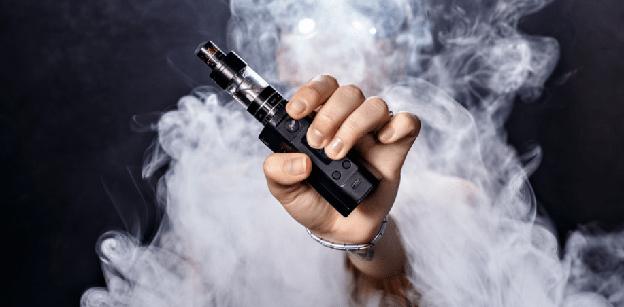You are here
Many people do not know what makes smoking dangerous
By Reuters - Dec 15,2016 - Last updated at Dec 15,2016

Photo courtesy of rangsutot.com
Most Americans do not grasp that the chemicals produced by burning a cigarette are more harmful than the manufacturer’s additives that cigarette also contains, and many mistakenly believe filters can protect them from breathing toxic fumes, a recent study suggests.
“We already knew that many people, especially smokers, think smoking might be dangerous for other people but not for themselves,” said lead study author Dr Noel Brewer, a public health researcher at the University of North Carolina in Chapel Hill.
“All cigarettes create smoke that has toxic and deadly chemicals,” Dr Brewer added by e-mail. “Additives don’t change tobacco smoke and make it dangerous — tobacco is inherently dangerous.”
To see how the general public perceives the harms associated with smoking, researchers examined data from three surveys done online and by phone that included a total of more than 9,000 adults and 1,000 teens.
Among other things, respondents were asked if they had ever heard of 24 different chemicals found in tobacco smoke; how harmful they considered them to be; and how much the presence of a particular substance would prompt them to quit smoking.
Among adults, 61 per cent surveyed by phone and 72 per cent quizzed online mistakenly thought most of the toxins in cigarettes came from chemicals added by manufacturers to enhance the flavour or performance of the products, the study found.
Just 31 per cent of adults contacted by phone and 24 per cent surveyed online correctly believed harmful toxins in smoke come from the act of burning a cigarette or even tobacco alone, researchers report December 6 in Tobacco Control.
Smokers were more likely to have the facts wrong than non-smokers.
Teens were evenly split on the perceived source of harmful substances, with 43 per cent opting for additives and 46 per cent for the burning of the cigarette itself. For adolescents, there was not much difference in their perceptions based on whether or not they actually smoked themselves.
Up to about one in three adults and roughly one in four teens also wrongly believed that filters successfully trap harmful chemicals from cigarette smoke. Once again, this belief tended to be more common among the smokers.
Nearly all of the survey participants had heard of nicotine, and many of them were familiar with carbon monoxide. A small proportion also said they were aware of toxins in cigarette smoke such as ammonia, arsenic and formaldehyde.
But people were not consistently aware of nitrosamines, among the most deadly chemicals produced in cigarette smoke, across the three surveys.
Respondents were more likely to say that chemicals they had heard of, and ones that started with letters rather than numbers would tempt them to quit. But this enthusiasm was more common among non-smokers than it was among smokers, and those with higher levels of literacy and numeracy.
Meanwhile, chemicals ending in “ine” were less likely to discourage smoking among smokers and non-smokers, possibly because they sound similar to nicotine, the researchers note.
At least some confusion is probably due to cigarette advertising and packaging, especially cigarettes promoted as “additive-free” or “natural”, the authors conclude. Descriptions like this may lull smokers into a false sense of security when they choose products that do not appear to have added chemicals, researchers note.
“All of these statements are likely true, all are misleading because they suggest cigarettes are safe in some way, and all distract smokers from the fact that smoke from all cigarettes is deadly,” Brewer said.
Related Articles
Smokers who go through much less than a pack of cigarettes a day still have a higher risk of an early death than non-smokers, a new study su
Teen smokers might crave nicotine in part because their brains respond differently than adults to seeing people light up, a small stud
Smokers who also use e-cigarettes may be half as likely to give up tobacco as smokers who never vape at all, a European study suggests.Even



















